Baby Squirrel: Everything You Need to Know About These Adorable Newborns
From Infant squirrel to Juvenile squirrel and the Role The Mother Squirrel Plays
There’s something incredibly endearing about baby squirrels. Those tiny, furry creatures with their big eyes and wobbly movements capture the hearts of anyone lucky enough to spot them. Understanding the needs and behaviours of baby squirrels isn’t just fascinating; it’s crucial if you ever find yourself in a situation where you need to care for one. This guide will walk you through everything you need to know about baby squirrels, from their early days in the nest to their journey toward independence.
What is a Baby Squirrel?
A baby squirrel, often called a kitten or squirrel kit, is the young of various squirrels. Baby squirrels born during two breeding seasons, typically in late winter and mid-summer, with each litter consisting of 2-4 offspring. They are born in a very underdeveloped state and are highly dependent on their mother for the critical early weeks of their development, staying close to the nest. These stages include being a newborn, an infant, and eventually, a juvenile before they reach full maturity.
Appearance and Physical Traits
Squirrel pups are born without fur and with their eyes and ears tightly shut. At birth, they are tiny—often just a few inches long and weighing less than an ounce. Over the first few weeks, their fur begins to grow, starting with a fine layer and eventually thickening to the lush coat seen in adult squirrels. Their eyes and ears open around 3 to 4 weeks of age, marking a significant milestone in their development as they begin to interact more with their environment. It is crucial to monitor baby squirrels for any signs of infestation, such as fly eggs, which can appear as small yellow dots and pose a serious health risk if not promptly removed.
Behaviour of Baby Squirrels
In the early stages of life, squirrel kits are entirely dependent on mother squirrels for food, warmth, and protection. Female squirrels are known for their ability to collect and relocate their babies to a safe alternate nest site when their original nest has been destroyed. They stay close to the nest, where the mother keeps them safe. As they grow, their natural curiosity takes over, and they start to explore their surroundings. Play is a big part of their development; they wrestle with their siblings and practice the climbing and jumping skills that are essential for their survival.
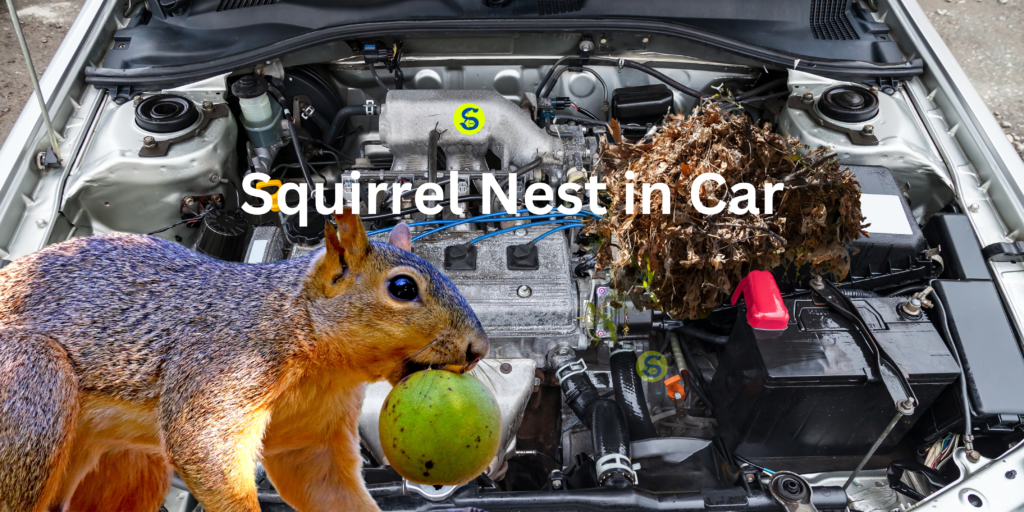
Habitat and Squirrel Nests
Baby squirrels are typically born in nests called squirrel dreys, which are constructed from leaves and twigs, or in hollowed-out tree cavities. The mother squirrel selects a site high up in a tree, providing safety from ground predators. These nests are insulated to keep the babies warm during the cooler months. Squirrels may also use abandoned bird nests or even man-made structures if natural nesting spots are scarce.
Diet and Nutrition
In their first weeks, baby squirrels rely entirely on their mother’s milk, which provides all the necessary nutrients for their rapid growth. It is critically important not to provide any food or water to baby squirrels without professional guidance, as improper feeding can lead to harmful consequences. As they age, they start to nibble on solid foods, including nuts, fruits, and vegetation, mirroring the adult diet. In a care setting, special formula is used to replace the mother’s milk until they are ready for more solid foods. This transition is gradual and crucial for their digestive system to develop properly. A squirrel formula is often used to ensure they receive the proper nutrition during this period.
Growth and Development of a Juvenile Squirrel
The growth of squirrel kits is rapid. A juvenile squirrel becomes independent at 10 to 12 weeks old, displaying behaviors such as foraging and climbing. Within a few weeks, they double in size and begin to show the characteristic bushy tail. By 8 weeks, they start practicing their climbing skills, and by 12 weeks, they are usually ready to venture out of the nest and begin foraging under the watchful eye of their mother. Independence is typically reached at around 16 weeks, although this can vary depending on the species and environmental conditions.
Common Challenges Baby Squirrels Face
Squirrel kits, despite their eventual agility, face numerous challenges. Predators such as hawks, snakes, and domestic cats are a constant threat. Weather can also be harsh; extreme cold or wet conditions can be fatal, especially if the nest is not well-insulated. Human-related dangers, including cars and habitat destruction, further endanger their survival.
Rescuing and Caring for a Baby Squirrel
If you come across a baby squirrel on its own, it’s essential to assess whether it needs help. A hot water bottle wrapped in a soft cloth can provide the necessary warmth, ensuring the temperature is comfortable to prevent injury. Often, the mother is nearby and may return once you leave the area. However, if the baby is clearly orphaned or injured, intervention may be necessary. The first step is to keep it warm and call a local wildlife rehabilitator. Feeding it should only be done under professional guidance, as improper feeding can lead to health issues. Using a specialized squirrel formula is crucial for the baby squirrel’s health.
Health Issues and Concerns: Fly Eggs
Squirrel kits are susceptible to several health problems, including dehydration, malnutrition, and respiratory infections. An infant squirrel should be reunited with its mother for the best chance of survival. Signs of distress include lethargy, lack of appetite, and labored breathing. Immediate care from a professional is essential if any of these symptoms are observed. Vaccinations and proper handling can prevent some common diseases, but expert care is often required to nurse a baby squirrel back to health.
Rehabilitating Orphaned Baby Squirrels
Rehabilitation involves providing a safe environment that mimics their natural habitat, along with appropriate food and care. It is crucial to purchase a specific baby squirrel formula, such as Esbilac, from a local pet store to ensure immediate access to proper nutrition. The goal is to prepare the squirrel for a return to the wild. This process includes teaching them foraging skills and ensuring they are capable of climbing and avoiding predators. The transition back into the wild is gradual, with supervised outdoor time to build confidence and survival skills.
Legal Considerations for Handling Baby Squirrels
Before taking any action with squirrel kits, it’s important to be aware of local wildlife laws. In many places, it is illegal to keep wild animals without a permit. This is especially true for grey squirrels, as there are specific legal regulations surrounding their rehabilitation. Contacting a licensed wildlife rehabilitator is often the best course of action to ensure the baby squirrel receives proper care and to avoid any legal issues.
Fun Facts About Baby Squirrels
Did you know that squirrel kits have an innate ability to find food, even if they’ve never been taught? Young squirrels, however, face potential dangers if separated from their mothers and may need assistance to reunite with them. This skill, along with their exceptional memory, helps them locate buried nuts months after they’ve been hidden. Squirrels are also incredibly social animals, often seen playing with each other, which helps develop their physical abilities and social bonds.
The Role of Baby Squirrels in the Ecosystem
Squirrel kits, like their adult counterparts, play a vital role in forest ecosystems. Baby animals, including baby squirrels, are essential for the continuity of wildlife populations and require proper care to ensure their survival. As they grow and begin to forage, they help in seed dispersion, unintentionally planting new trees and plants by burying nuts that they may never retrieve. Their activities contribute to the regeneration of forests, making them crucial players in maintaining healthy woodlands.
Conclusion
Baby squirrels are more than just adorable creatures; they are fascinating animals with complex behaviors and significant ecological roles. Whether you’re observing them in the wild or caring for an orphaned squirrel, understanding their needs and challenges is key to supporting their growth and survival. By respecting and protecting these small but mighty creatures, we contribute to the health of our natural world.
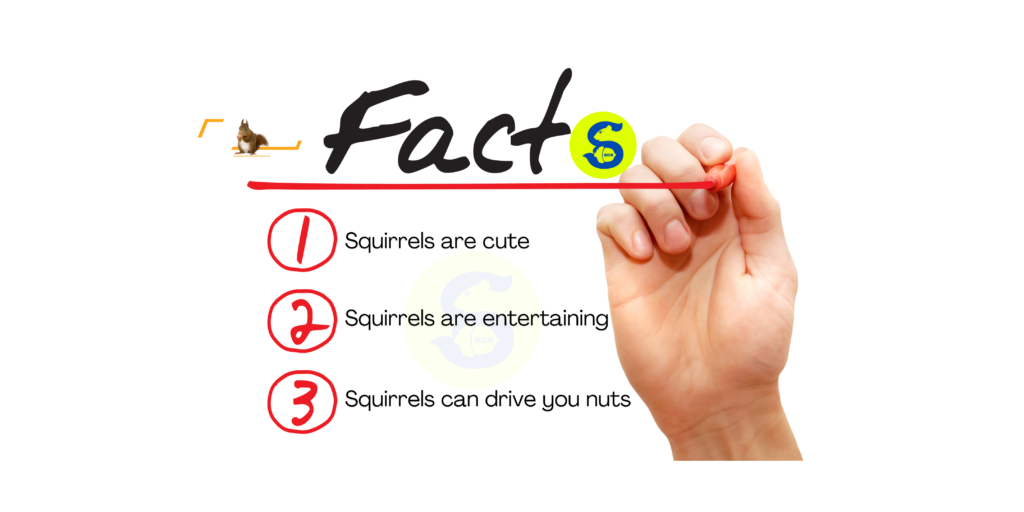

Frequently Asked Questions
How long does it take for a baby squirrel to grow up?
Baby squirrels typically reach independence around 12 to 16 weeks of age, depending on the species and environmental conditions. During this time, they develop important survival skills and a fluffed out tail that helps with balance and warmth. A squirrel’s nest in a nesting tree is their primary home until they are ready to venture out. If you find a young squirrel with its eyes open and exploring, it may be close to leaving the nest but still dependent on its mother.
Can you keep a baby squirrel as a pet?
In most places, keeping a wild squirrel as a pet is illegal without proper permits. Wild squirrels are not domesticated and require specific animal’s nutritional care that most people can’t provide. If you find an orphaned baby squirrel, it’s best to contact a licensed wildlife rehabilitator. Feeding a baby squirrel the wrong formula like cow’s milk can cause severe health problems, such as aspiration pneumonia or nutritional deficiencies. Instead, a specialized squirrel formula is necessary to meet their dietary needs. Instead of attempting to care for it yourself, ensure the baby squirrel gets the proper care it needs for a successful return to the wild.
What should you do if you find a baby squirrel alone?
If you find a baby squirrel alone, first observe from a distance to see if the mother returns. Squirrels sometimes leave their babies while foraging, so it’s important to be patient. If the baby is clearly abandoned or injured, keep it warm using a soft towel and a heat source like a warm water bottle or uncooked rice heated in a box. Avoid using a bungee cord or anything else that could harm the baby. Place the squirrel in an open container near the tree closest to where it was found, as this increases the chances the mother will return. If she does not come back within a few hours, contact a wildlife rehabilitator.
How can you tell if a baby squirrel is in distress?
Signs of a baby squirrel in distress include crying nonstop, lethargy, open wound, broken bone, or difficulty breathing. These symptoms indicate the squirrel needs immediate attention from a professional. Distressed baby squirrels may also show signs of approaching humans for help, which is unusual behavior. A quick response is crucial to prevent more harm and improve the chances of recovery.
What is the best way to ensure a baby squirrel’s survival?
The best way to ensure a baby squirrel’s survival is to contact a licensed wildlife rehabilitator who can provide the appropriate care, including proper baby food and medical attention. Wildlife rehabilitators are trained to avoid causing more harm and to prepare the squirrel for eventual release back into the wild. Ensure the squirrel is kept in a safe, protected area away from dogs, pets, and children until help arrives. Rehabilitators know how to handle these animals, preventing complications such as aspiration pneumonia. If you see a baby squirrel with its eyes open, it may be close to eating small grains and other solid foods, but still needs professional care.
What should I do if I find a baby squirrel that seems to be abandoned?
If you come across a baby squirrel, it’s best to observe from a distance to see if the mother returns. Sometimes, young squirrels may fall from their nests but are not truly abandoned. If the mother has not returned after a few hours, or if the baby is in danger, you can contact a wildlife rehabilitator. They can help reunite the baby with its mother or care for it until it’s old enough to survive on its own. When handling the baby, be careful not to touch its belly or eyes, as they are very delicate at such a young age.
At what age do baby squirrels start eating solid food?
Baby squirrels typically start to eat solid food at around four weeks of age. Before this, they rely entirely on their mother’s milk. As their body becomes longer and stronger, they gradually begin to feed on nuts, seeds, and other food sources. By the time they leave the nest, they are usually capable of feeding themselves.
Did You Know?
- Squirrels can have two litters of babies per year, usually in early spring and late summer.
- A baby squirrel’s body temperature is crucial for its survival, and maintaining warmth is key in the immediate area where it is found.
- Squirrels are often found in protected areas of the home, such as attics or chimneys.
- Squirrels typically build their nests using leaves and twigs, creating cozy environments in nesting trees.
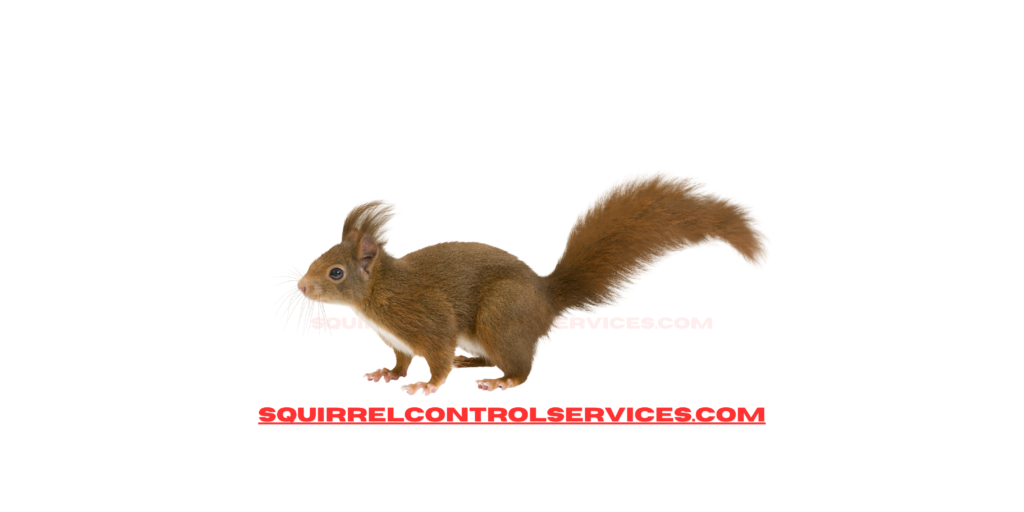
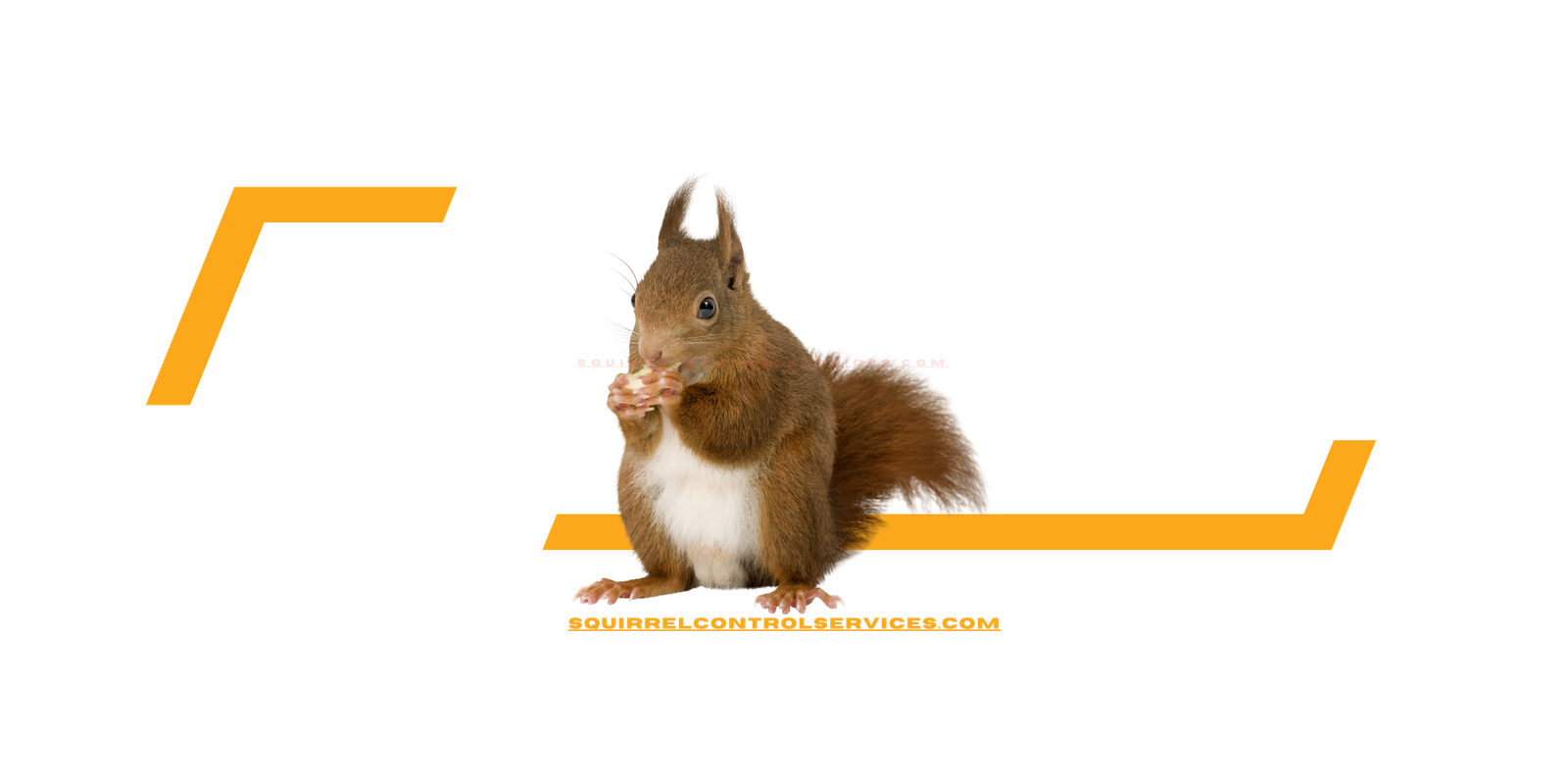
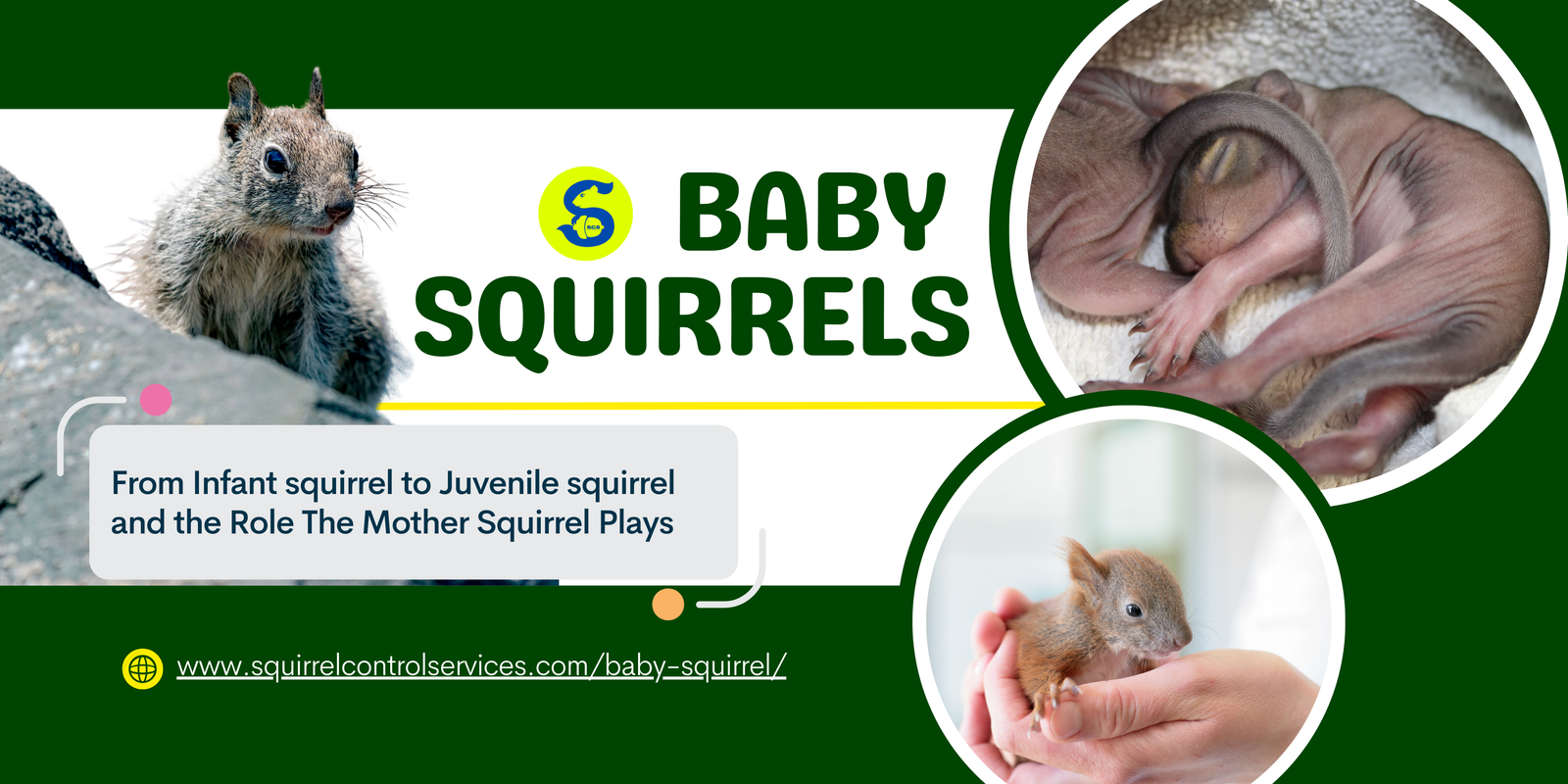
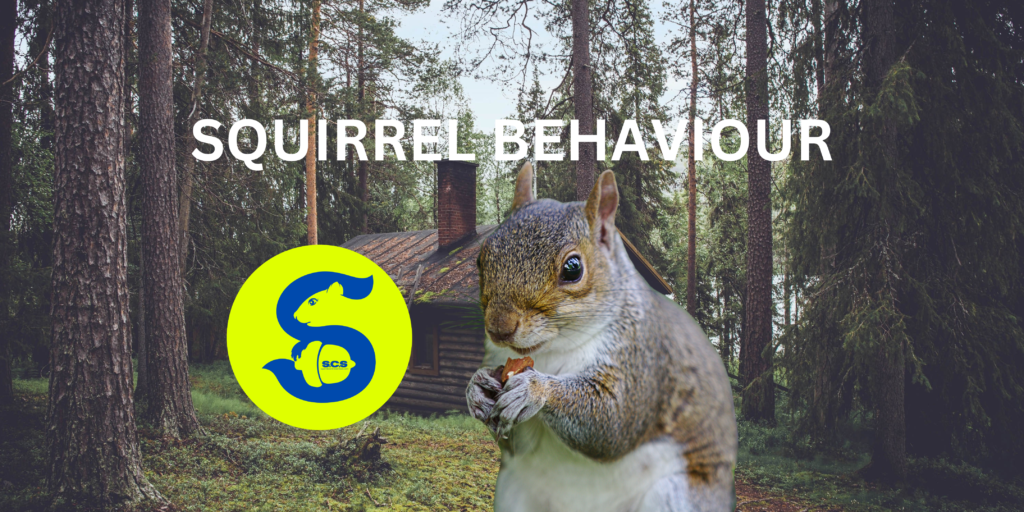
Comments are closed.